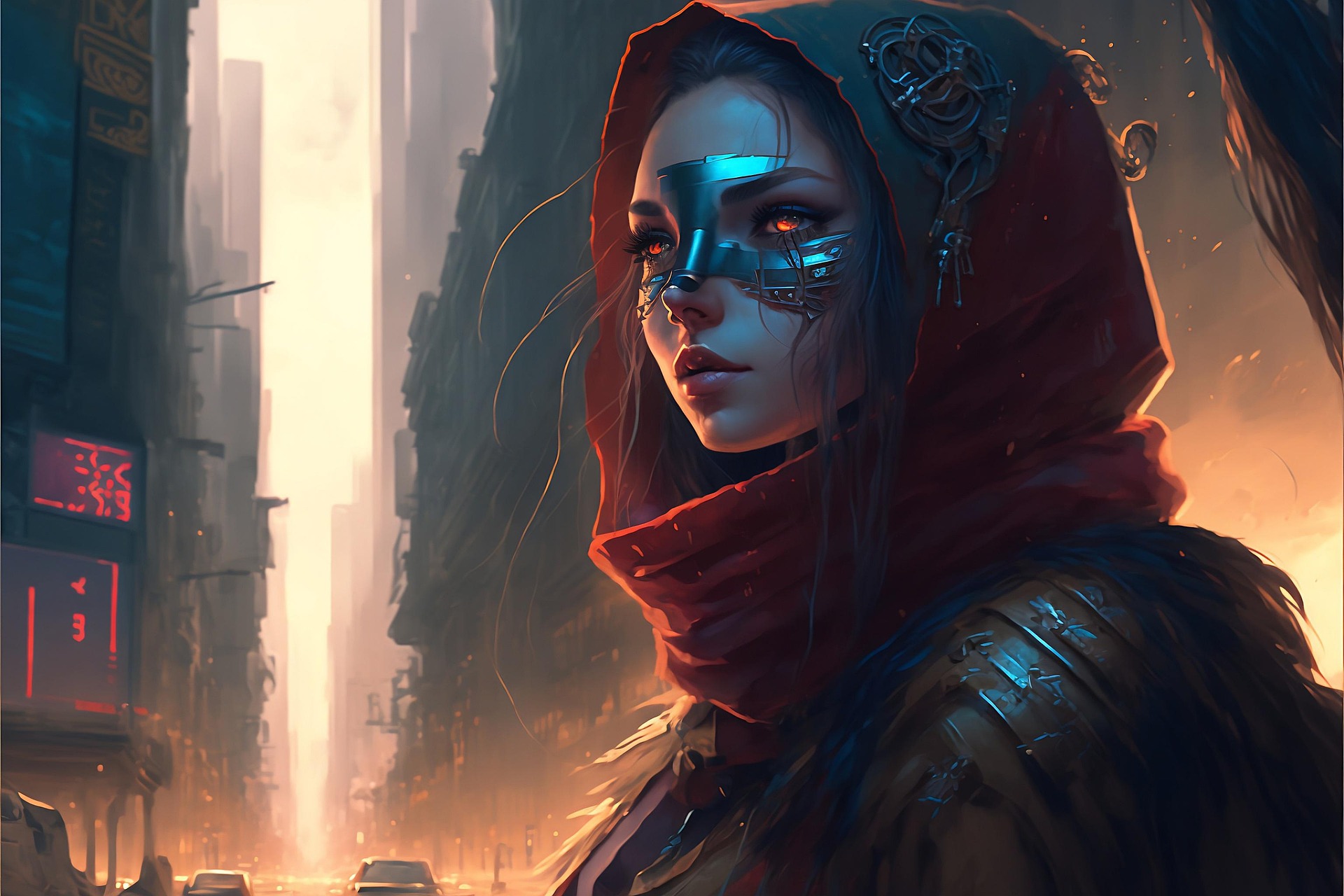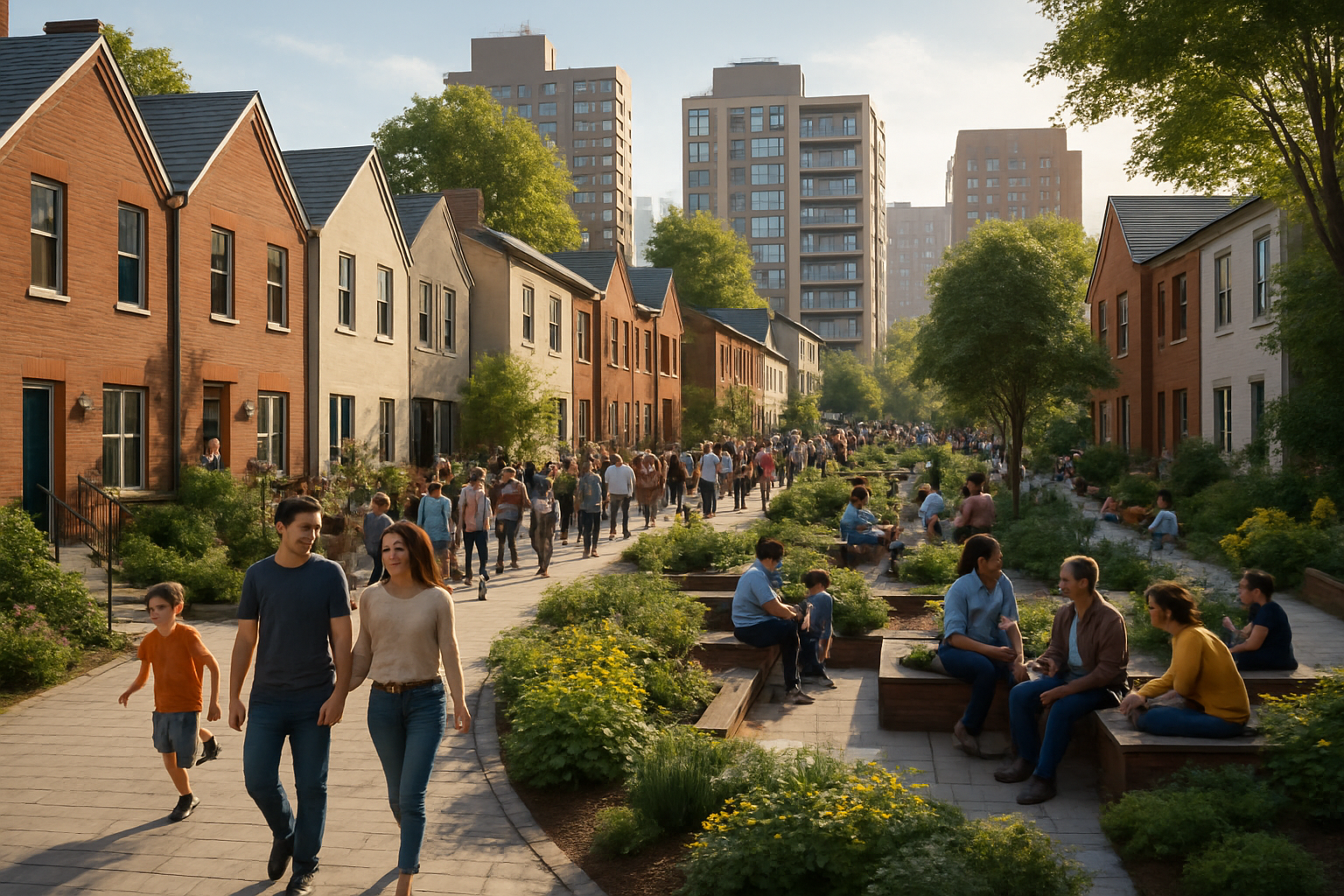Neon Noir: The Cyberpunk Aesthetic in Modern Cinema
In the neon-drenched shadows of futuristic cityscapes, a new cinematic aesthetic has emerged, captivating audiences and filmmakers alike. Cyberpunk, once a niche subgenre of science fiction literature, has evolved into a visual tour de force on the silver screen. This article delves into the rise of neon noir in modern cinema, exploring its origins, key features, and the directors pushing the boundaries of this electrifying style.

Defining the Neon Noir Aesthetic
Neon noir combines elements of classic film noir with futuristic cyberpunk imagery. Key visual components include:
-
Neon-lit urban landscapes
-
Constant rain or atmospheric moisture
-
A blend of advanced technology and urban decay
-
Retrofitted gadgets and analog-digital hybrids
-
Stark contrasts between light and shadow
These elements create a world that feels both familiar and alien, where the line between human and machine blurs, and moral ambiguity reigns supreme.
The Resurgence in the 2010s
While cyberpunk films appeared sporadically in the 1990s and early 2000s, the 2010s saw a significant resurgence of the genre. Denis Villeneuve’s Blade Runner 2049 (2017) revitalized interest in the aesthetic, pushing the boundaries of visual storytelling with its stunning cinematography and production design. The film’s success paved the way for other cyberpunk-inspired works to follow.
Contemporary Directors Embracing the Style
Several contemporary filmmakers have embraced the neon noir aesthetic, each bringing their unique vision to the genre:
-
Lana and Lilly Wachowski: The Matrix series continues to influence cyberpunk visuals in cinema.
-
Rupert Sanders: Ghost in the Shell (2017) translated the iconic anime into a live-action spectacle of neon-soaked cityscapes.
-
Robert Rodriguez: Alita: Battle Angel (2019) combined cyberpunk elements with manga-inspired action.
-
Leigh Whannell: Upgrade (2018) offered a grittier, more grounded take on cyberpunk themes.
These directors have pushed the boundaries of what’s possible with modern visual effects, creating immersive worlds that captivate audiences.
The Influence on Television and Streaming
The neon noir aesthetic has not been confined to the big screen. Television series and streaming platforms have also embraced the style:
-
Altered Carbon (Netflix)
-
Mr. Robot (USA Network)
-
Westworld (HBO)
-
Black Mirror (Netflix)
These shows have brought cyberpunk themes and visuals to a broader audience, often exploring complex ideas about technology, humanity, and society.
Cultural Impact and Themes
Beyond its visual appeal, neon noir cyberpunk cinema often grapples with prescient themes:
-
The impact of technology on society and individual identity
-
Corporate power and surveillance
-
Environmental degradation
-
Class disparity and social stratification
-
The nature of consciousness and reality
These themes resonate with contemporary audiences, reflecting anxieties about our increasingly tech-driven world and uncertain future.
Criticism and Controversy
Despite its popularity, the cyberpunk aesthetic has faced criticism. Some argue that its focus on style over substance can lead to shallow storytelling. Others point out that many cyberpunk films, despite their futuristic settings, often rely on outdated gender and racial stereotypes. As the genre evolves, filmmakers are challenged to address these criticisms and create more inclusive and thoughtful narratives.
The Future of Neon Noir
As technology continues to advance, the line between cyberpunk fiction and reality grows increasingly blurred. Virtual reality, augmented reality, and artificial intelligence—once the stuff of science fiction—are now part of our daily lives. This convergence presents both challenges and opportunities for filmmakers working in the neon noir aesthetic.
Looking ahead, we can expect to see:
-
More diverse voices and perspectives in cyberpunk storytelling
-
Integration of real-world technological advancements into fictional narratives
-
Experimentation with new visual techniques and technologies
-
Exploration of post-cyberpunk themes and aesthetics
The neon noir cyberpunk aesthetic has proven its staying power in cinema, continually adapting to reflect our changing relationship with technology and the urban environment. As we move further into the 21st century, this vibrant and thought-provoking genre is poised to remain at the forefront of cinematic innovation, challenging us to consider the implications of our rapidly evolving world.





